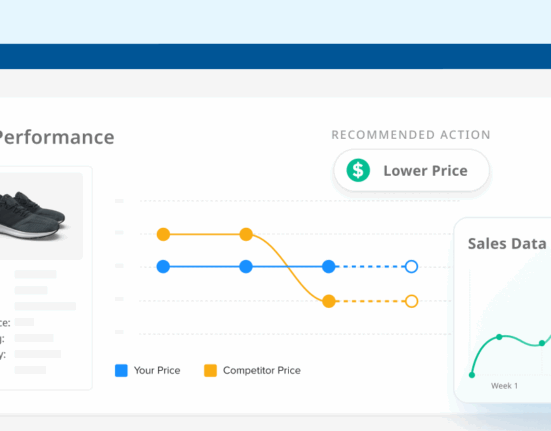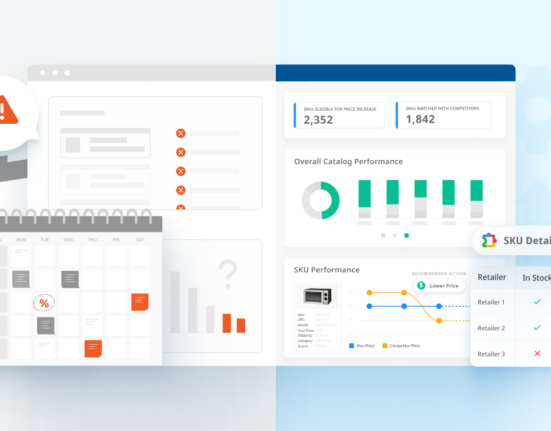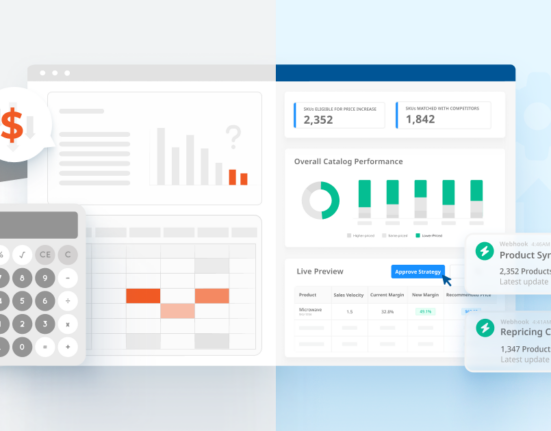Price elasticity is a fundamental concept in economics and marketing that measures how the demand for a product changes in response to price variations. Mastery of this concept allows retailers and brands to make informed pricing decisions that can significantly influence profitability and market competitiveness.
Types of Price Elasticity
- Price Elasticity of Demand (PED):
- Elastic Demand: Here, a small change in price leads to a significant change in the quantity demanded. Products typically considered luxury items, non-essentials, or those with many substitutes generally exhibit elastic demand.
- Inelastic Demand: This occurs when changes in price have little effect on the quantity demanded. Essentials such as food, medical supplies, and other necessities tend to be inelastic because consumers cannot easily do without them regardless of price changes.
- Unit Elastic: A situation where a change in price results in a proportional change in quantity demanded.
- Price Elasticity of Supply (PES):
- Reflects how the quantity supplied of a good responds to a change in its price. High elasticity means production can be quickly ramped up or down in response to price changes, whereas low elasticity suggests that production levels are hard to adjust in the short term.
Each type of elasticity informs different aspects of market dynamics and requires distinct strategies for effective pricing.
Incorporating Price Elasticity into Pricing Strategies
- Understanding Consumer Sensitivity and Market Conditions:
- Gauge the sensitivity of your customers to price changes. For elastic products, small price decreases can significantly increase the quantity sold, potentially boosting overall revenue. Conversely, raising prices on inelastic products might increase revenue without significantly reducing sales volume.
- Dynamic and Differential Pricing:
- Employ dynamic pricing where prices are adjusted based on real-time demand and supply scenarios. This approach is particularly useful for products with elastic demand.
- Differential pricing can be used to segment the market according to consumer price sensitivity and willingness to pay, allowing businesses to maximize their reach and profitability.
- Strategic Discounting and Promotions:
- For products with elastic demand, strategic use of discounts and promotions can lead to increased sales volume and customer acquisition.
- Conversely, for inelastic goods, excessive discounting might not be necessary as it could reduce profit margins without significantly boosting volume.
- Seasonal and Cyclical Adjustments:
- Adjust prices during different times of the year to capitalize on seasonal demand changes. For example, increasing prices during peak seasons when demand is less price sensitive (inelastic) can maximize profits.
- Competitive Analysis:
- Regularly monitor competitor pricing and market positioning. Understanding whether your competitors are pricing their products higher or lower can provide insights into how elastic the market is for specific products and help adjust your pricing strategy accordingly.
- Leveraging Technology for Data Insights:
- Utilize pricing optimization software and analytics tools to gather data on how price changes affect sales. These tools can help identify the optimal price points for different products and market segments.
Price elasticity is not just a theoretical concept but a practical tool that, when understood and applied wisely, can significantly enhance a company’s strategic decisions and market position. By continuously analyzing price elasticity and adapting pricing strategies accordingly, businesses can ensure they meet consumer needs while optimizing revenue and profitability.









